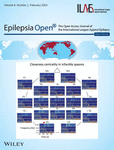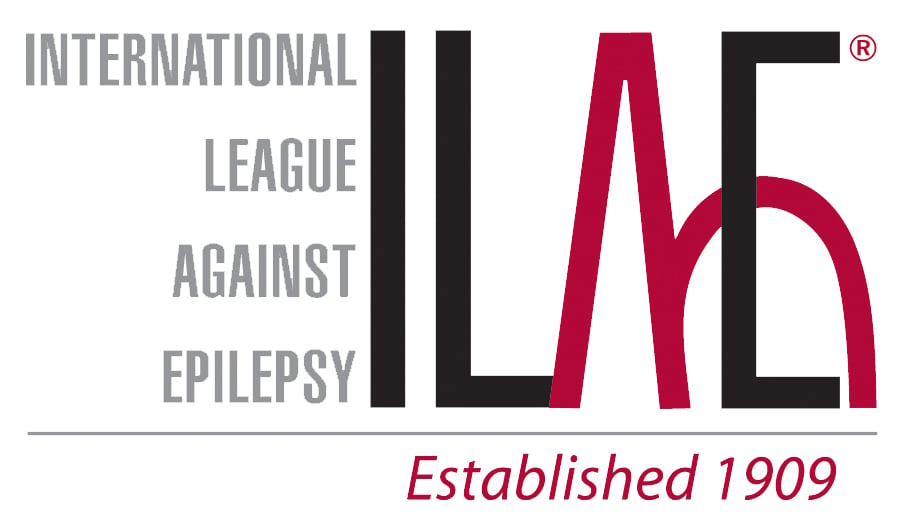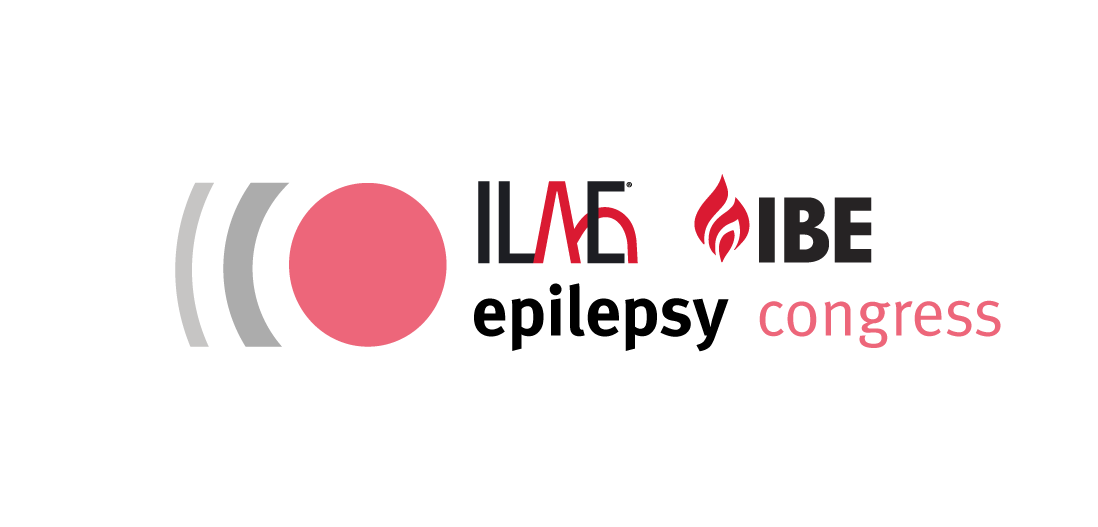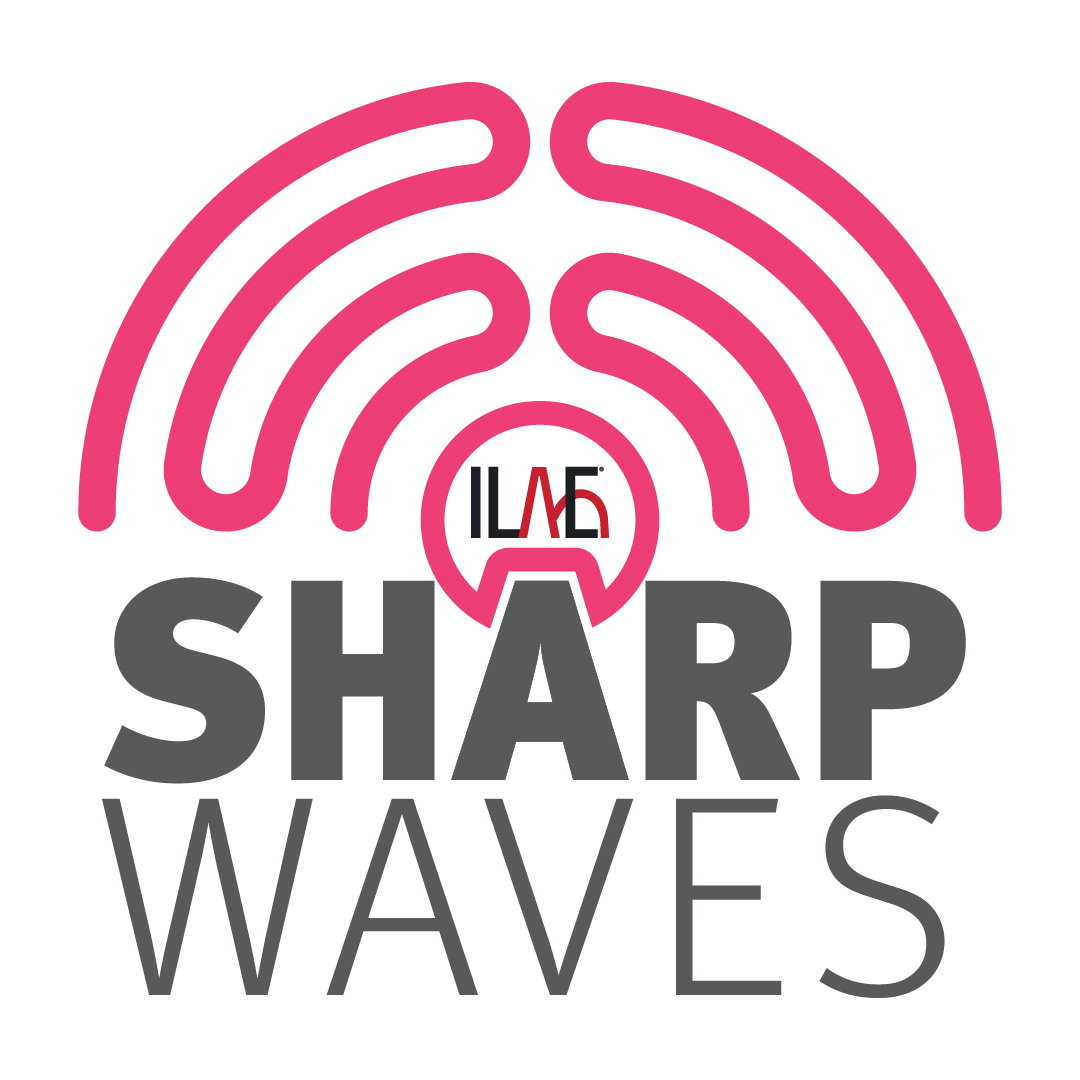Journal list menu
Export Citations
Download PDFs
ISSUE INFORMATION
EDITORIAL
CRITICAL REVIEWS
Expert opinion on diagnosis and management of epilepsy-associated comorbidities
- Pages: 15-32
- First Published: 25 October 2023
Phenotypic and genotypic characterization of NPRL3-related epilepsy: Two case reports and literature review
- Pages: 33-40
- First Published: 30 October 2023
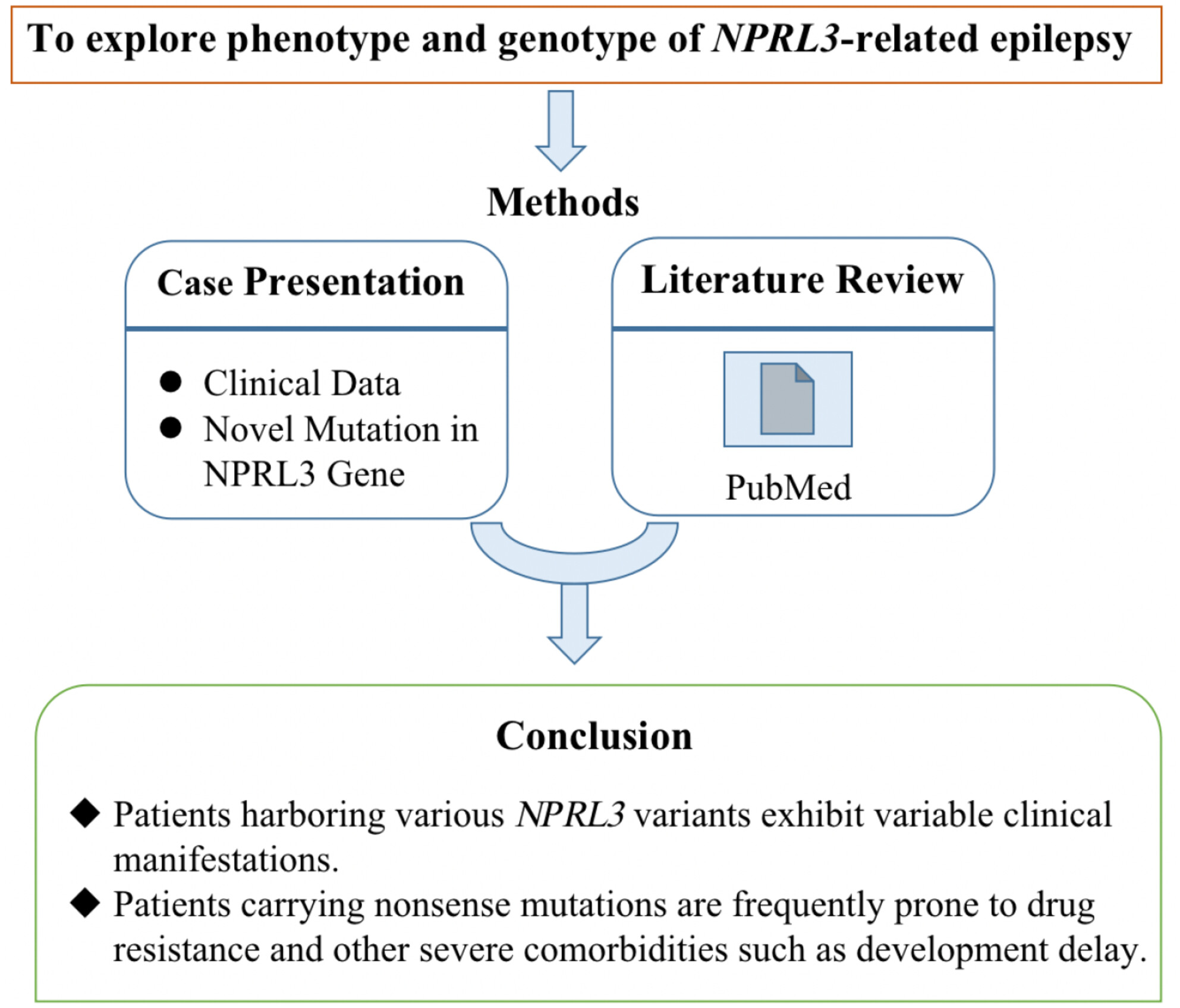
This study expands the phenotypic and genotypic spectra of NPRL3-related epilepsy by reporting two cases with different novel variants. Following a review of the literature, it was observed that patients harboring various NPRL3 variants exhibited a variability of clinical manifestations. Also, patients carrying nonsense mutations are frequently prone to drug resistance and other severe comorbidities such as developmental delay, but more cases need to be collected to confirm these findings.
Feasibility of cardiac-based seizure detection and prediction: A systematic review of non-invasive wearable sensor-based studies
- Pages: 41-59
- First Published: 25 October 2023
Role of the glymphatic system and perivascular spaces as a potential biomarker for post-stroke epilepsy
- Pages: 60-76
- First Published: 02 December 2023
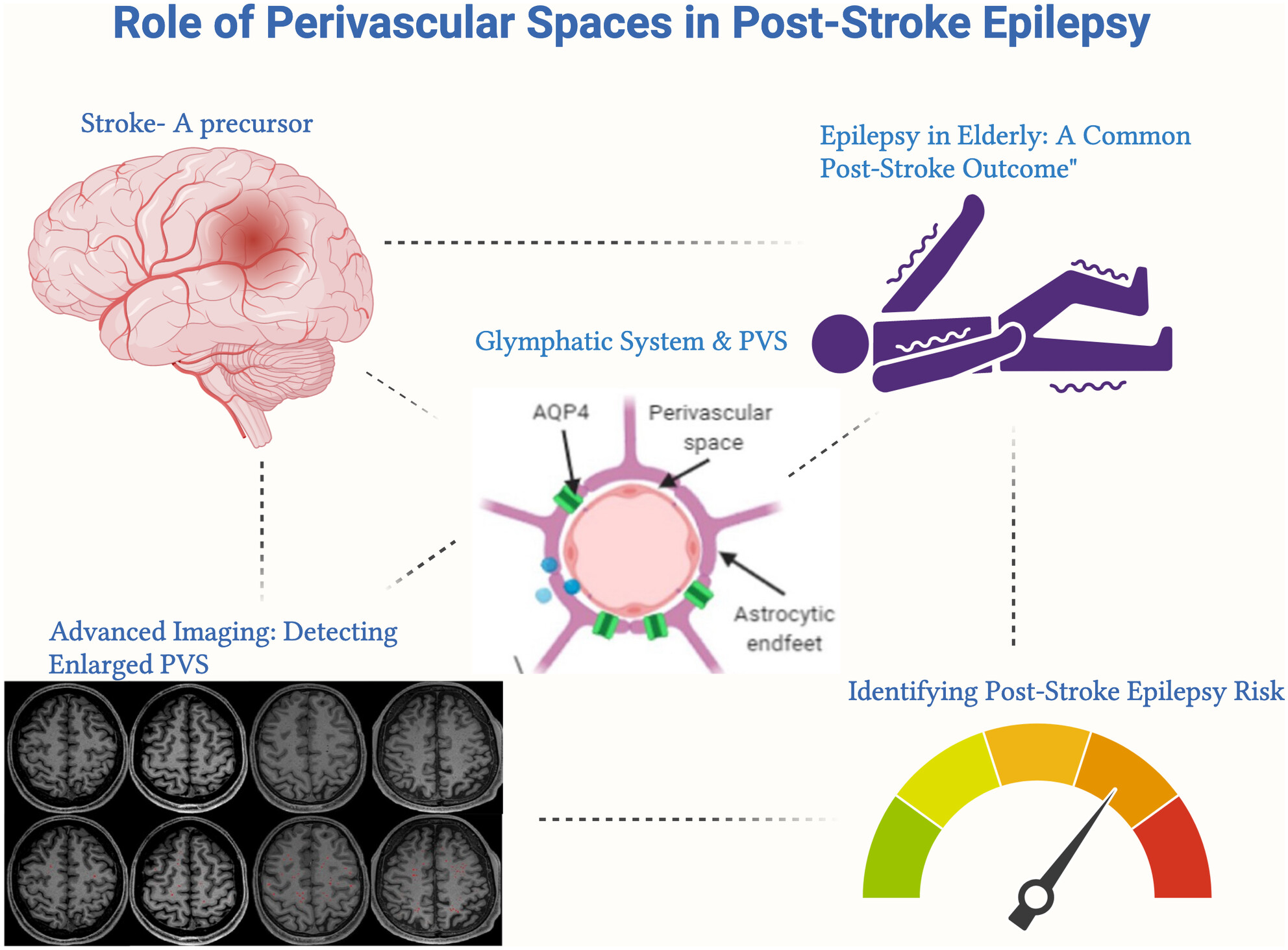
Stroke often leads to epilepsy and is one of the main causes of epilepsy in elderly patients, with no preventative treatment available. The brain's waste removal system, called the glymphatic system which consists of perivascular spaces, may be involved. Enlargement or asymmetry of perivascular spaces could play a role in this and can be visualized with advanced brain imaging after a stroke. Detecting enlarged perivascular spaces in stroke patients could help identify those at risk for post-stroke epilepsy.
INVITED COMMENTARY
The origins and early development of the ILAE/IBE/WHO global campaign against epilepsy: Out of the shadows
- Pages: 77-83
- First Published: 23 October 2023
ORIGINAL ARTICLES
Electroencephalography–functional magnetic resonance imaging for clinical evaluation in focal epilepsy
- Pages: 84-95
- First Published: 19 September 2023
Comparison of magnetic resonance-guided laser interstitial thermal therapy corpus callosum ablation to open microsurgical corpus callosotomy: A single-center retrospective cohort study
- Pages: 96-105
- First Published: 27 September 2023
Electroclinical features and phenotypic differences in adenylosuccinate lyase deficiency: Long-term follow-up of seven patients from four families and appraisal of the literature
- Pages: 106-121
- First Published: 16 October 2023
EEG-based spatiotemporal dynamics of fast ripple networks and hubs in infantile epileptic spasms
- Pages: 122-137
- First Published: 24 September 2023
Use of ketogenic dietary therapy for drug-resistant epilepsy in early infancy
- Pages: 138-149
- First Published: 27 September 2023
Longitudinal EpiTrack assessment of executive functions following vagus nerve stimulation therapy in patients with drug-resistant epilepsy
- Pages: 150-163
- First Published: 27 October 2023
Efficacy and tolerability of add-on stiripentol in real-world clinical practice: An observational study in Dravet syndrome and non-Dravet developmental and epileptic encephalopathies
- Pages: 164-175
- First Published: 23 October 2023
Interrater reliability of interictal EEG waveforms in Lennox–Gastaut Syndrome
- Pages: 176-186
- First Published: 03 November 2023
Metabolic connectivity as a predictor of surgical outcome in mesial temporal lobe epilepsy
- Pages: 187-199
- First Published: 25 October 2023
Leukotriene antagonists reduce epileptic seizures-related hospitalization in older adult populations with allergic rhinitis or asthma: A population-based cohort study using the Shizuoka Kokuho database: The Shizuoka study
- Pages: 200-209
- First Published: 25 October 2023
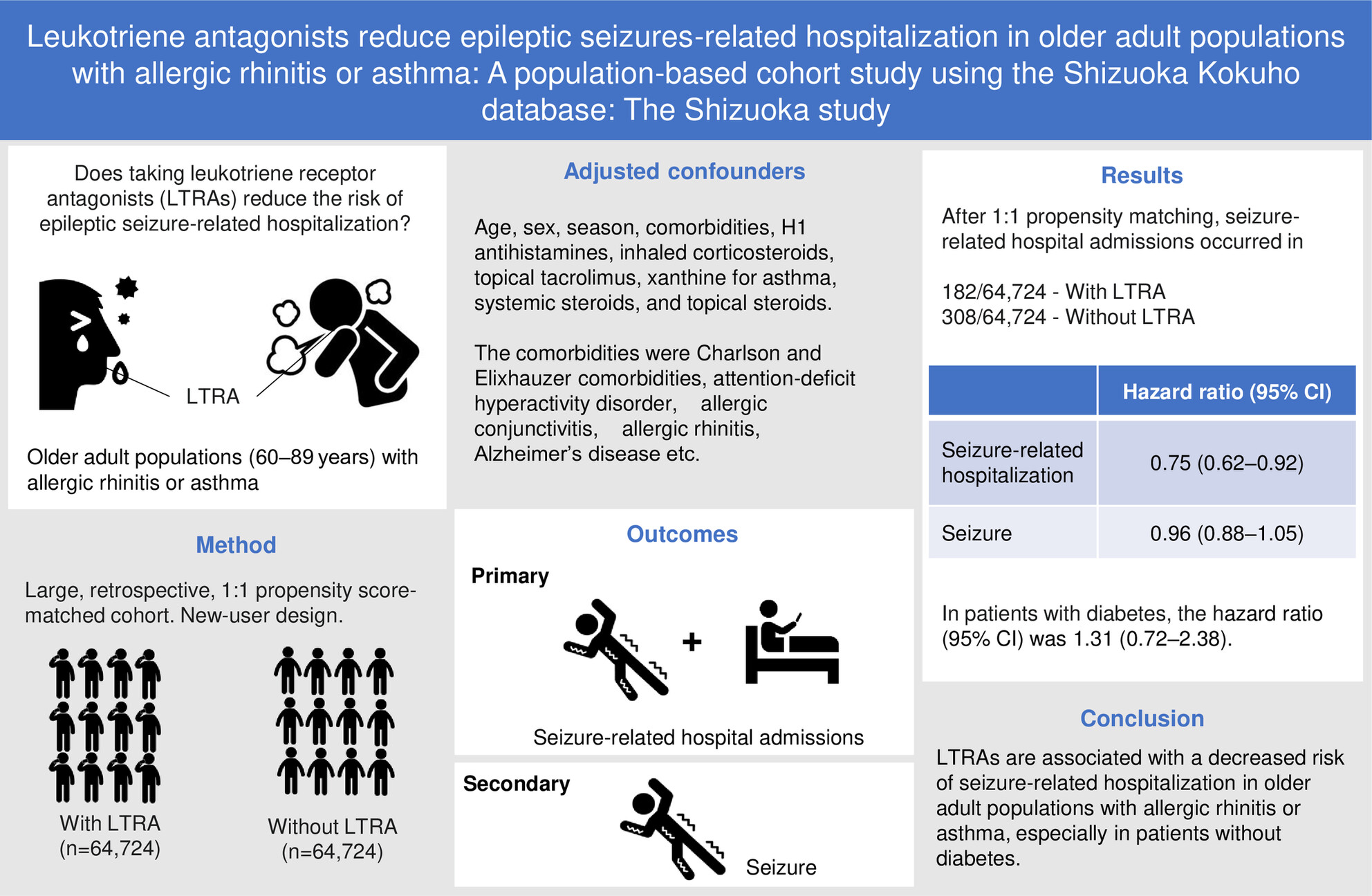
This study examined if leukotriene receptor antagonists (LTRAs), commonly used for asthma or allergies, could lower seizure risk in older adults. Analyzing health records of 60-89 year olds with asthma or allergies, we found a reduced rate of seizure-related hospitalizations in those starting LTRAs, though this was not as evident in diabetic patients. Our results suggest the potential benefits of LTRAs in preventing seizures in older adults with respiratory issues, but further research is needed to confirm these findings.
Spatial and amplitude dynamics of neurostimulation: Insights from the acute intrahippocampal kainate seizure mouse model
- Pages: 210-222
- First Published: 05 November 2023
Prospective study of cenobamate on cognition, affectivity, and quality of life in focal epilepsy
- Pages: 223-235
- First Published: 03 November 2023
Association between retinal thickness and disease characteristics in adult epilepsy: A cross-sectional OCT evaluation
- Pages: 236-249
- First Published: 03 November 2023
Clinical and genetic analysis of infants with pontocerebellar hypoplasia type 6 caused by RARS2 variations
- Pages: 250-257
- First Published: 27 November 2023
Status epilepticus in BRAF-related cardio-facio-cutaneous syndrome: Focus on neuroimaging clues to physiopathology
- Pages: 258-267
- First Published: 09 November 2023
Effectiveness and safety of mono- and add-on perampanel in pediatric patients with epilepsy: Experience from a single-center retrospective study
- Pages: 268-277
- First Published: 09 November 2023
Efficacy and safety of a smartphone application-based treatment of ketogenic diet in pediatric refractory epilepsy
- Pages: 278-286
- First Published: 15 November 2023
Investigating the effect of hippocampal sclerosis on parietal memory network
- Pages: 287-299
- First Published: 28 November 2023
Fenfluramine increases survival and reduces markers of neurodegeneration in a mouse model of Dravet syndrome
- Pages: 300-313
- First Published: 28 November 2023
Dravet syndrome is a severe epilepsy disorder that impairs learning and causes premature death. Clinical studies in patients with Dravet syndrome show that fenfluramine reduces convulsive seizures. Additional studies suggest that fenfluramine may have benefits beyond seizures, including promoting survival and improving control over emotions and behavior. Our study is the first to use a Dravet mouse model to investigate nonseizure outcomes of fenfluramine. Results showed that fenfluramine treatment of Dravet mice reduced neuroinflammation significantly more than saline treatment. Fenfluramine-treated Dravet mice also lived longer than saline-treated mice. These results support clinical observations that fenfluramine may have benefits beyond seizures.
Status of epilepsy care delivery and referral in clinics, hospitals, and epilepsy centers in Japan: A nationwide survey
- Pages: 314-324
- First Published: 04 December 2023
Prevalence of non-convulsive seizures and electroencephalographic abnormalities in critically ill patients—A retrospective observational study
- Pages: 325-332
- First Published: 04 December 2023
Variation in seizure risk increases from antiseizure medication withdrawal among patients with well-controlled epilepsy: A pooled analysis
- Pages: 333-344
- First Published: 10 December 2023
WRAPPER study: Real-world effectiveness and tolerability of adjunctive perampanel for people with drug–resistant epilepsy in Hong Kong
- Pages: 345-354
- First Published: 15 December 2023
MRI evidence for material-specific encoding deficits and mesial–temporal alterations in presurgical frontal lobe epilepsy patients
- Pages: 355-367
- First Published: 14 December 2023
Interictal magnetic signals in new-onset Rolandic epilepsy may help with timing of treatment selection
- Pages: 368-379
- First Published: 25 December 2023
Intracerebral electrographic activity following a single dose of diazepam nasal spray: A pilot study
- Pages: 380-387
- First Published: 22 December 2023
SHORT RESEARCH ARTICLES
A European pilot study in Dravet Syndrome to delineate what really matters for the patients and families
- Pages: 388-396
- First Published: 07 November 2021
Efficacy and tolerance of cannabidiol in the treatment of epilepsy in patients with Rett syndrome
- Pages: 397-403
- First Published: 24 July 2023
Eslicarbazepine-induced hyponatremia: A retrospective single-center real clinical practice study
- Pages: 404-408
- First Published: 18 August 2023
Characterization of low-grade epilepsy-associated tumor from implanted stereoelectroencephalography electrodes
- Pages: 409-416
- First Published: 05 October 2023
Bilateral temporal lobe dysplasia and seizure onset associated with biallelic CNTNAP2 variants
- Pages: 417-423
- First Published: 07 October 2023
A 5-year-old boy with super-refractory status epilepticus and RANBP2 variant warranting life-saving hemispherotomy
- Pages: 424-431
- First Published: 09 November 2023
Identification of metabolic biomarkers of chronic vagus nerve stimulation (VNS) in subjects with drug-resistant epilepsy (DRE)
- Pages: 432-438
- First Published: 28 November 2023
Early genetic testing in pediatric epilepsy: Diagnostic and cost implications
- Pages: 439-444
- First Published: 10 December 2023
STUDY PROTOCOLS
E = mc2: Education (E), medication (m), and conditional cash (c2) to improve uptake of antiseizure medications in a low-resource population: Protocol for randomized trial
- Pages: 445-454
- First Published: 22 December 2023
ANNOUNCEMENT
Epilepsia Open – February 2024 Announcements
- Pages: 455-456
- First Published: 04 February 2024




